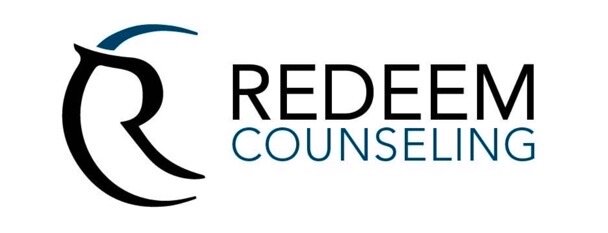Using the “Circle of Security” in Self-Parenting
The Circle of Security is a well-known model for understanding how secure attachment & emotional development occur in parent-child relationships. It describes a dynamic process between child & caregiver where the child seeks security & the caregiver provides it, creating a secure base from which the child explores & discovers themselves & their world.
Self-parenting refers to the process of caring for & nurturing our own "inner child" or emotional self. In the same way a parent would provide comfort, support, & guidance to their children, we can do the same for that emotional part of ourselves. The Circle of Security model can be a useful framework for understanding & improving that relationship within.
The Circle of Security model was originally developed to help parents understand & improve their relationships with their children. It is based on the idea that all healthy relationships have a balance of security and exploration. In the model, this balance is represented as a circle, with four stages:
The Secure Base: In this stage, we feel confident and secure in ourselves, just like a child feels secure with a parent who is there to support them. We trust our own abilities and feel comfortable taking risks.
The Warning Signs: In this stage, we begin to be anxious or unsure, just like a child might when they feel their parent may not be available or responsive. We may start to doubt ourselves, our abilities, and our emotional-relational security. This is what happens when our insecurity (which we all have) is activated.
The Proactive Strategy: In this stage, we take steps to regain security and confidence, just like a child might cling to their parent or seek comfort from someone else. If our adult minds are under-responsive, we might impulsively begin to distract ourselves with activities or seek validation from others.
The Secure Cycle: Once we have regained our security, we can return to the Secure Base stage, ready to explore and take risks again.
Childhood abuse and neglect can disrupt the development of a secure attachment style. It can cause us to feel anxious and unsure, leading to the Warning Signs stage, and causing us to seek out validation or comfort from others in the Proactive Strategy stage. However, by applying the Circle of Security model in our self-parenting practice, we can begin to heal these insecure attachment patterns and develop a more secure relationship with ourselves.
Here are some tips for using the Circle of Security model in self-parenting to heal insecure attachment patterns from childhood abuse & neglect:
Practice self-awareness: Pay attention to your thoughts, feelings, and behaviors. This will help you identify when you are in the Warning Signs stage, & when you are using proactive strategies to regain security.
Develop a secure base: Create a list of activities that help you feel confident and secure, such as exercise, meditation, or creative projects. Make time for these activities when you are feeling anxious or unsure. By building a strong sense of security, we can reduce the frequency and intensity of the Warning Signs stage.
Reassure yourself: When you are in the Warning Signs stage, remind yourself that it is normal to feel this way and that you have the ability to regain your security. Write affirmations or mantras that help you feel confident and capable, & speak them to yourself as needed. Self-compassion can be a useful practice in this step.
Seek comfort: When necessary, reach out to someone you trust for support, or engage in activities that bring you comfort, such as reading a book or watching a movie. It is important to have a variety of strategies for regaining security, so you can use the one that works best for you in the moment.
Address past experiences: It is important to address the experiences of childhood abuse & neglect and the impact they have had on our attachment patterns. This can be done through therapy, journaling, or other forms of self-reflection
Many of us have had childhood experiences that left us feeling deeply insecure in our primary attachments. Unless repaired, we emerge into adulthood feeling not unlike emotional orphans, pretending to be grown ups, & trying to survive an often overwhelming world. Often we'll have reactive defensive behaviors that can feel difficult to understand. As adults, we inherit responsibility for that emotionally orphaned part of our brain. And, similar to adopting a child, we have the opportunity to patiently redefine attachment security for our emotional selves.
By applying the Circle of Security model to self-parenting, we can, over time, develop a nurturing & supportive relationship with ourselves that repairs the unsatisfied emotional, relational needs lingering from our childhood. This, in turn, helps us to become integrated as a parent-child team, improving our overall well-being & helping us feel more confident & secure in our daily lives.
There is extensive information available on the Circle of Security. It can be revelatory when reading & watching that material with self-parenting in mind. Here are a few places to begin...
